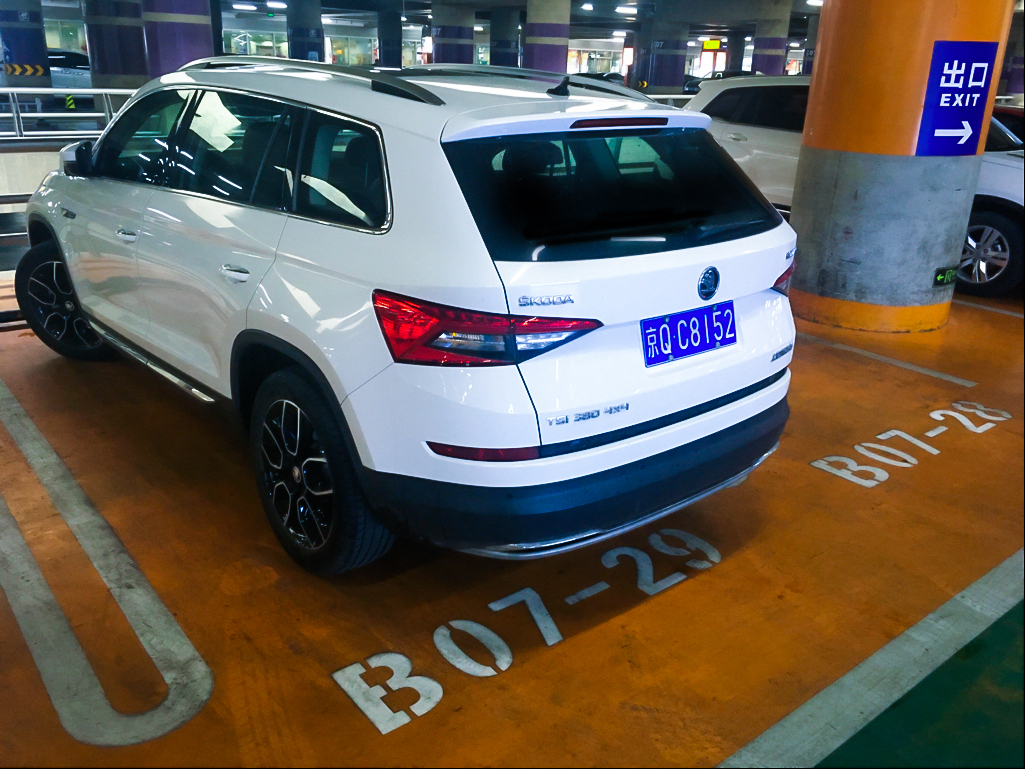Which models sell best on the Chinese market and how do they fare against competitors in their class?
ŠKODA currently has 467 sales offices throughout China. The key model for the Chinese market is the OCTAVIA. When this model started to be made in China in 2007, it was the first time in its modern history that ŠKODA had launched completely local production of any model. From its inception, the OCTAVIA was a top-seller. In 2017, the OCTAVIA COMBI was introduced and was an immediate hit. Of the 6.5 million OCTAVIAs made, counting from the first cars to roll off the production line precisely 60 years ago, over 1.3 million have been manufactured in China.
The supply of SUVs is also spiralling. In 2018, ŠKODA sold more than 117,700 SUVs, a 189% increase on 2017. The driving force among SUVs is the KODIAQ, with 51,230 units sold.
Is there anything specific to the Chinese market?
The successful SUV offensive has been a central plank of the ŠKODA brand’s growth on the Chinese market. Since 2017, ŠKODA has offered four SUVs on this market: the Chinese version of the KAMIQ, the KAROQ, the KODIAQ and the KODIAQ GT. The first model to be introduced in our SUV campaign was the KODIAQ. Launched in April 2017, it guided the brand into a new segment on this market. Then, two models designed exclusively for the Chinese market were launched. The Chinese KAMIQ premièred at the Beijing Motor Show in 2018, while the KODIAQ GT was introduced in Guangzhou in November of the same year. The KODIAQ GT is the first ŠKODA SUV coupé to offer a lusty driving experience. It appeals to new, lifestyle-oriented customers. Interestingly, China is the only market where four ŠKODA SUVs are available.
In China, ŠKODA actively promotes cycling and ice-hockey. Since 2017, it has been popularising the Tour de France here. In 2018, it sponsored the Tour de France ŠKODA Shanghai Critérium. As the 2022 Beijing Winter Olympics approach, ŠKODA plans to promote ice-hockey and other winter sports further in China.


































